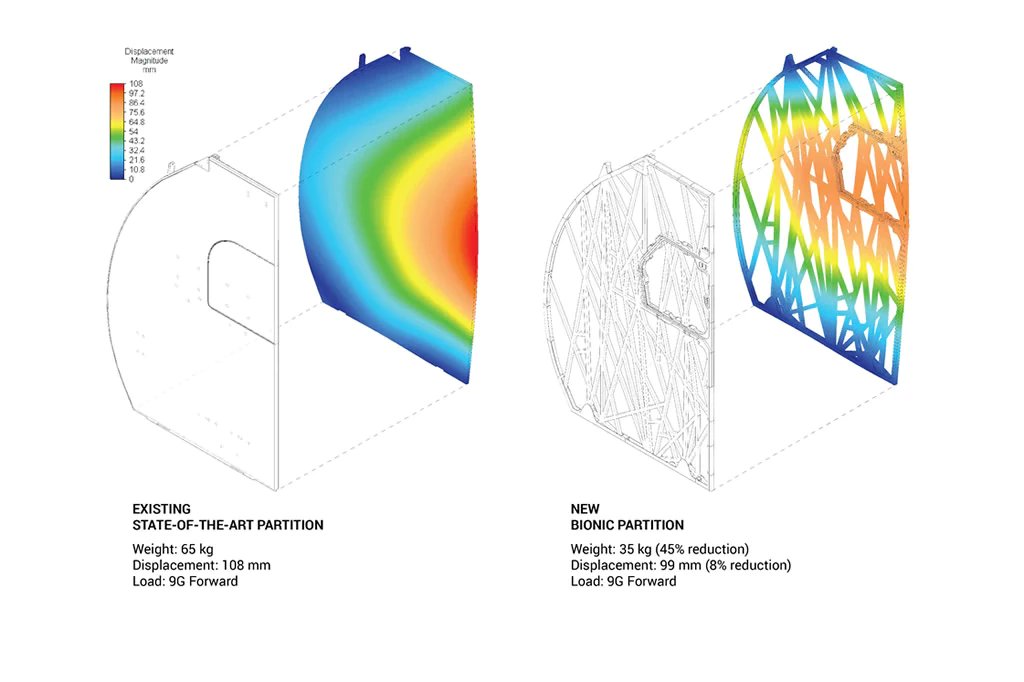The future of manufacturing

In this article, Mark Forth, manufacturing industry strategy & business development manager at Autodesk, identifies four key trends to watch out for in 2019

In this article, Mark Forth, manufacturing industry strategy & business development manager at Autodesk, identifies four key trends to watch out for in 2019
The manufacturing industry is facing major disruption. An explosion in computing power and connected devices has completely revolutionised the ways in which designers build and manufacture products.
Over the past year, we have seen how the use of innovative techniques, such as generative design, industrialised additive manufacturing and hybrid manufacturing, can unlock opportunities to do more and develop products that were previously unimaginable.
2019 will see a continuation of this upwards trend in the use of innovative digital tools and the further coming together of design and manufacturing technologies. According to PwC, 86% of manufacturers expect to see cost reductions and revenue gains from their digitisation efforts over the next five years. So, what does 2019 hold for the industry? Here, I explore the trends I expect to see driving the biggest changes in the sector:
The convergence of design and manufacturing
For centuries, traditional manufacturing has seen the design being carried out by one individual (or a team of designers) and then handed to another team to produce the part. Yet, manufacturers that still approach these processes separately will all too often see flaws in the design when it is finally released for production.
Typically, this results in a series of review cycles, involving the design and manufacturing teams, which are repeated until a design is produced that fits both their needs. These additional design cycles increase overall project timelines and costs, and therefore can massively delay the time it takes to bring a product to market.
In 2019, we’ll see a shift away from these traditional methods towards the use of innovative tools such as generative design, which helps improve design outcomes and creates a more linear design-make approach.
With generative design, manufacturing processes can be defined as a constraint early in the design process – for example, will the part be produced using casting, CNC machining, 3D printing or a combination? By building the very manufacturing process into the design, the likelihood of design modifications being required is greatly reduced.
Generative design
Instead of being limited to a handful of designs, given resource and time constraints, generative design enables engineers to identify and assess hundreds, potentially thousands of viable design options based on a set of constraints that meet a list of requirements such as strength, weight, materials and the manufacturing method required, utilising the power of cloud computing.
Generative design is already being used to solve increasingly complex challenges, such as how to design lighter and stronger automotive parts. For instance, global car maker, General Motors, has completely redesigned its chairs, producing a new, functionally optimised seat bracket, which is both lighter and stronger with generative design.
This year, we’ll see generative design become more accessible to companies of all sizes, with smaller factories and shopfloors also able to adopt the technology and use it to complement the equipment and machines they use.
Industrialised additive manufacturing
The automotive and aerospace sectors have been instrumental in bringing additive manufacturing technologies to the fore in industrial environments. With environmental issues such as reducing C02 emissions gaining importance and recognition on the global agenda, companies will increasingly be looking at their environmental impact as we start 2019.
Airbus is one such company, which has used additive manufacturing to produce aircraft cabin components. The bionic partition created was based on a digital model and is much stronger, thinner and lighter than the previous version. This decrease in weight has helped to not only cut fuel and raw material costs for airlines, but also to reduce their carbon footprint.

When applied to the entire cabin and to the current backlog of A320 planes, Airbus estimates that the new design approach could save up to 465,000 metric tonnes of CO2 emissions per year equivalent to removing CO2 emissions from 100,000 cars per year!
Over the next 12 months, we’ll see more companies opting to manufacture with digital tools such as additive manufacturing that in the long term, will help them along a more sustainable path.
Hybrid manufacturing
Of course, additive manufacturing is only part of the story. Hybrid manufacturing, which combines additive and subtractive manufacturing processes, is still a relatively new technology, however one that I expect to become more broadly adopted, particularly in the maritime industry, in 2019.
Take Rotterdam Additive Manufacturing Lab (RAMLAB), which is using hybrid manufacturing to make large-scale parts on demand and innovate the process of ship repair to keep cargo flowing smoothly through Europe’s largest port. This has helped shipping companies to minimise storage and transportation costs through the combination of innovative directed energy deposition (DED) additive processes and subtractive machining.
Companies are increasingly looking to technology to explore the opportunities of what’s next in manufacturing. 2019 will be an exciting year for both large industrial manufacturers through the growing adoption of additive and hybrid manufacturing, and SMEs, for whom these techniques will become more accessible thanks to the emergence of new tools.
And for those that don’t start leveraging these technologies, they run the risk of being left behind and losing out to competitors.
It’s important that organisations of all sizes can continue to break down the silos between product designers, mechanical engineers and manufacturing engineers. The continuing merging of design and manufacturing processes holds the key to improving product development – in terms of speed, cost and innovation.
In 2019 and beyond, these factors will play an integral part in helping manufacturers to stay ahead of the curve.
Autodesk www.autodesk.co.uk











